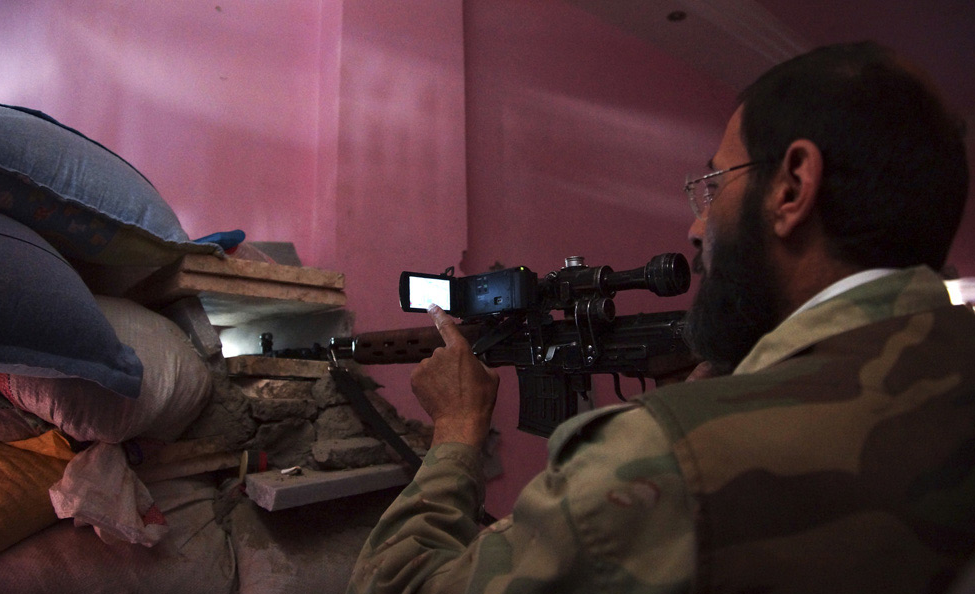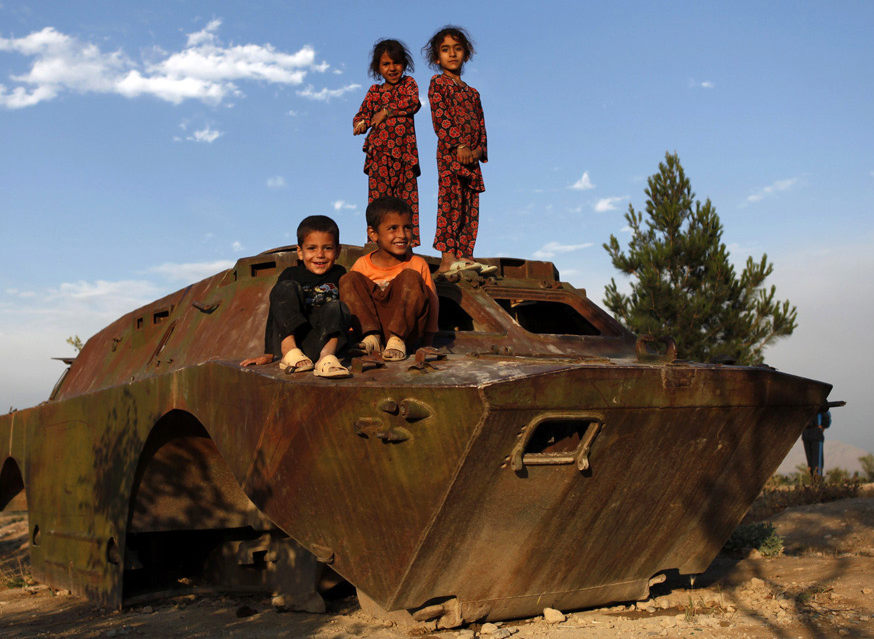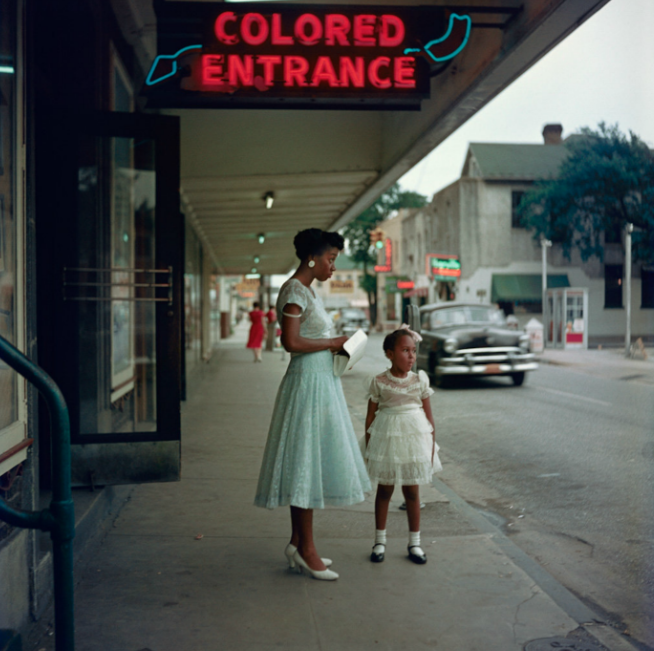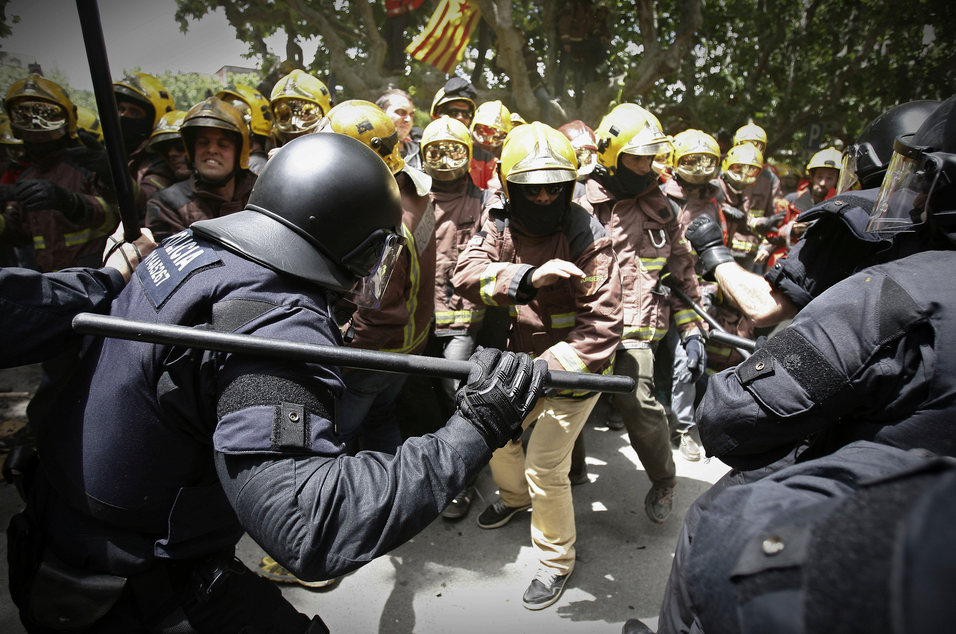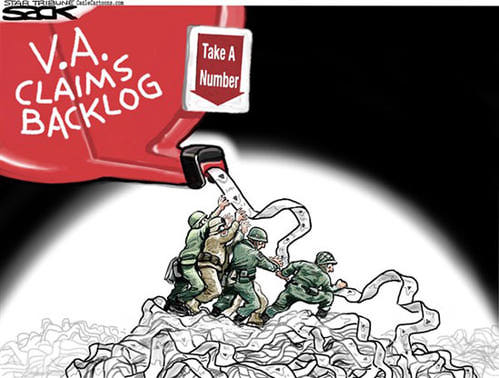Much of what we do here at NCN is a celebration of photography. And among its many virtues are that it slows the world down, indeed, it stops the world in ways that normal sight is often hard pressed to do—at 1/800th of a second, for example—inviting us not just to look at the world around us, but to see it, sometimes with fresh eyes. It operates as such in many registers, but sometimes it invokes what the philosopher and literary critic Kenneth Burke called a “perspective by incongruity,” literally encouraging us to “see” things in terms of things that they are not. Or perhaps, as in the photograph above, encouraging us to ponder the similarities between things that on the face of it we assume are altogether different.
According to the caption we are viewing a member of the Free Syrian Army who is simultaneously “pointing” his weapon and his camera at a “scene” in Deir al-Zor, one of the largest cities situated in the eastern part of Syria. Of course, he is not just “pointing” his rifle, and the purpose of the gun is not to so much to capture a “scene” as to contain or intrude upon a strategic space. And so, one might think that the language of photography somehow masks and moots the language of weaponry. But, of course, the language could be reversed as we might say that he is “aiming” his camera and “shooting” at his enemy. And if that seems like too much of a stretch, don’t forget how cameras have become one of the primary “weapons” in the war on terrorism—and more—surveying public spaces, authenticating identities, and so on. And indeed, if nothing else the image of the Syrian freedom fighter is a stark reminder of how entangled the language (and, as it turns out, the history) of the camera and the gun are, each calling attention to the capacity of the respective technology to aggressively intervene in, capture, and control a situation.
There is no question that I would rather be “shot” by a camera than by a rifle, and I have no doubt that the world would be a better place if we could truly substitute “pixels for pistols.” But for all of that, we should not lose sight of the potential predatory power of the lens or the ways in which a camera can serve as a weapon, however good or ill the purpose to which it is put.
Photo Credit: Stringer/Reuters
